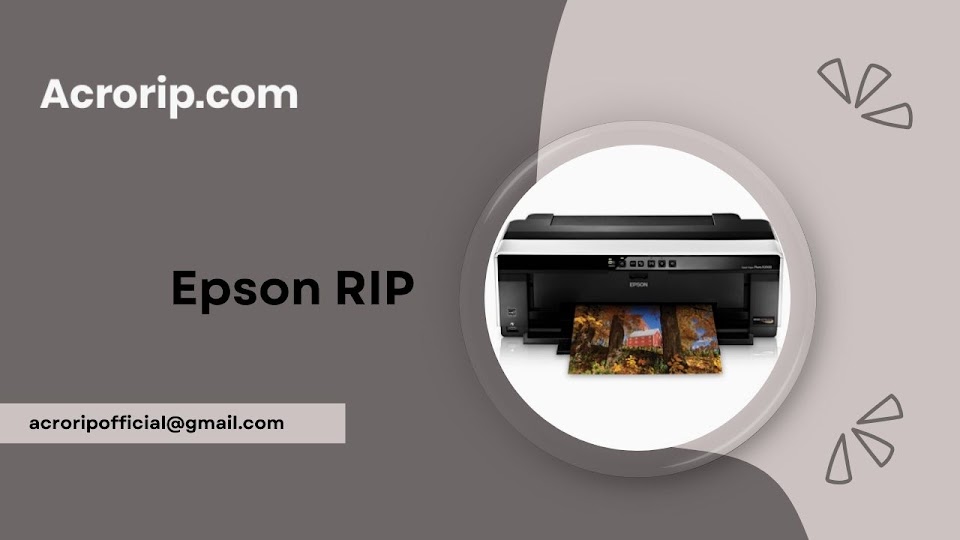Epson RIP professional Software for Stylus Photo R2000

In the world of digital printing, having the right tools is essential for achieving high-quality outputs. One such crucial tool is the Epson RIP Professional Software. Designed to work seamlessly with the Stylus Photo R2000, this RIP software ensures precise color management, enhanced printing efficiency, and stunning results. Let’s explore why Acrorip’s Transfer RIP software is the go-to solution for professional printers. What is RIP Software? RIP software (Raster Image Processor) is a vital application for converting digital files into formats that printers can process. It goes beyond the capabilities of basic printer drivers by offering advanced features such as color calibration, ink management, and layout customization. When paired with the Stylus Photo R2000, RIP software optimizes its potential, allowing users to achieve detailed and vibrant prints. Whether you're a professional photographer, designer, or print shop owner, this software simplifies complex printing task...



